I am learning about LC circuits. I tried to build one by myself. The schematic is in the picture below.
When I turn on the power, I can't get any AC output from R1 on multimeter, but I can get some DC voltage.
Because the frequency in this circuit should be around 10kHz, I connected R1 to a power amplifier, and I can't hear any sound.
Does anyone know why it is not working or if it is working and just I used the wrong way to measure it?


